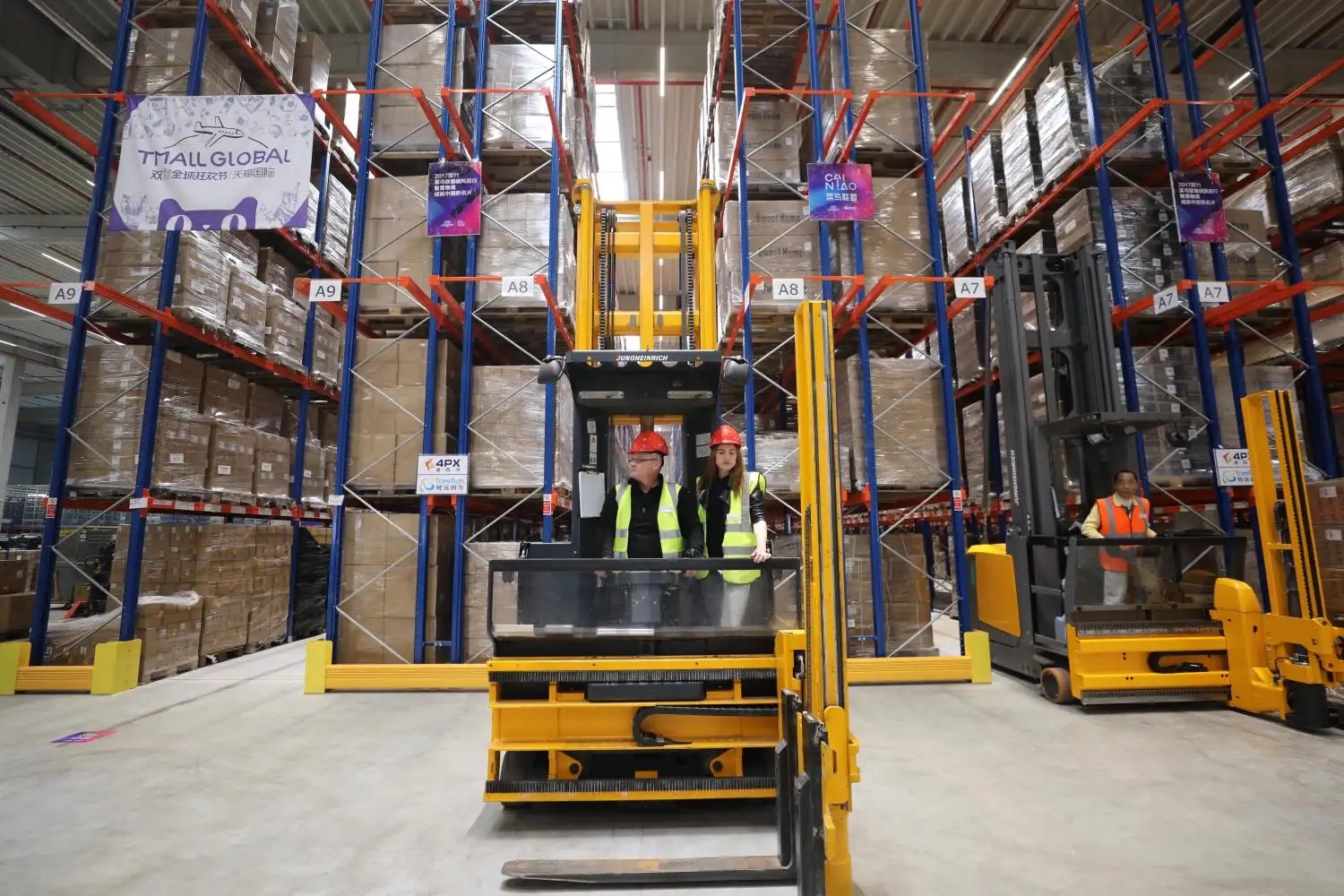Industry Dynamics
What are the safety devices for forklifts? How to choose a working forklift?
Counts:291 Time: 22-09-04 From: Suzhou Teknect Engineering Co., Ltd.t is important to choose the right forklift to move goods in the workplace, not only to protect the driver, but also to the safety of pedestrians and goods in the factory area. This article collects how to choose the right forklift in the job? Some forklift safety device systems are also examples.

(Forklift safety device)
How do I choose a vehicle first?
1, forklift must be able to withstand the weight
of the goods 2, should use the appropriate type of forklift
according to the type of load 3, Forklifts must not exceed the excess tag load
when carrying goods Forklift maintenance:
No matter how competent the forklift driver is, it will not be safe unless the forklift is in good condition. The organization should ensure that the forklift is in a safe operating state by performing proper maintenance on the forklift at appropriate intervals. The driver should also conduct a daily inspection of the forklift before operating it. If not properly inspected, the forklift can malfunction at critical moments and can lead to serious accidents.
Forklift repair system:
The maintenance system of forklift trucks should strictly follow the manufacturer's recommendations. Well-maintained forklifts are more likely to work better and last longer. Forklift manufacturers should also provide advice or information about their maintenance plans and requirements. Maintenance requirements and regimes vary from forklift to forklift.
Daily per-action inspection:
Performing a daily forklift inspection before the forklift runs is a simple and useful way to spot potential risks or defects. Companies should have a routine and routine inspection system in place to ensure that the forklift is in good working order each weekday or at the beginning of the shift.
Forklift safety devices and technologies:
There are many forklift safety devices and technologies that can improve or monitor different aspects of forklifts, for example
Pedestrian active collision avoidance technology - pedestrian protection system, can actively issue a safety warning signal to people approaching the forklift, and at the same time can limit the speed of the forklift.
Reversing sensors and cameras Since the driver's natural line of sight naturally looks forward, this is ideal if the need to reverse (especially heavy forklifts) can be kept at low speeds. In addition to side-mounted and rearview mirrors, forklifts can also be equipped with reversing sensors and reversing cameras to assist drivers when they reverse. The reversing camera enhances the driver's view of the rear when reversing. When reversing, when the rear of the forklift is close to an object or person, the reversing sensor will signal to the driver (for example, beep).
Speed Limiter – The speed limiter is installed to limit the speed of the forklift without affecting its other functions. Forklifts fitted with speed limiters will limit the amount of fuel fed into the engine, thus controlling the high speed at which it travels.
Fleet Management Software – Fleet management software allows companies to manage their fleets through complex information systems. Specific tasks that fleet management software can assist with include operations such as forklift procurement, maintenance, and disposal. <
A key feature of fleet management software is its ability to track real-time forklifts. Some of the more relevant features in the software that may be useful for organizations include:
forklift speed (ensuring that forklifts do not exceed limits)
and driver behavior (such as monitoring fatigue and attention levels while driving).
Accidents (monitoring lockers, cars, time)
Forklift idle (increase productivity and reduce fuel waste).
Driver Fatigue Management Technology – An example of fatigue management equipment is a fatigue management camera. The device will monitor the driver's eyelids, head direction and the driver's attention level. All of this information can be downloaded and tracked by supervisors or management.
Increased night vision – Driving at night can be dangerous because visibility is greatly reduced. To help drivers who drive at night, organizations can take advantage of night vision enhancement technology. The technology uses infrared rays to warn the driver in advance of any object in front of the forklift (such as animals, pedestrians, and cyclists). This technology can provide drivers with more reaction time, thereby reducing the occurrence of accidents. This system can be retrofitted to forklifts.

 ENGLISH
ENGLISH  简体中文
简体中文